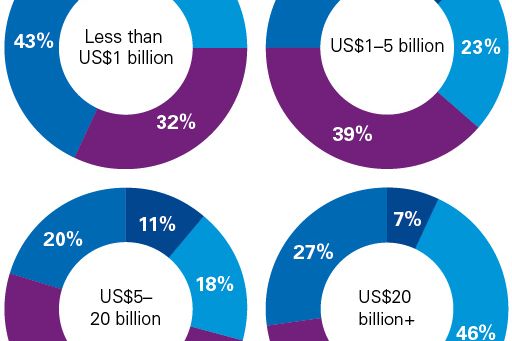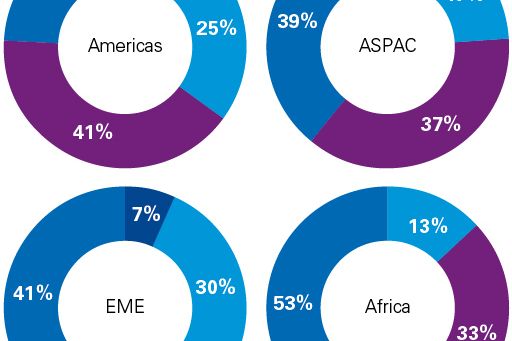Who’s on the cutting edge of innovation – and why it matters
Who’s on the cutting edge of innovation?
Engineering and construction companies and project owners who invest in disruptive technologies should enjoy a step change in performance.

Engineering and construction companies and project owners who invest in disruptive technologies should enjoy a step change in performance
History and logic support this statement. Design tools can enable bold new structures. Data and analytics can provide a real-time picture of how projects are running, enabling swift action to resolve problems. Modeling – increasingly though mobile apps – can support more informed decisions on construction, materials and supply chain. Remote monitoring can help track faults. Automated trucks and other equipment can accelerate productivity, improve accuracy and reduce accidents.
So why has the sector not fully embraced the potential of technology? For some, the cost and risk of adopting new technologies outweighs the perceived benefits. Others may be reluctant to move out of their comfort zone. One survey participant is especially critical of this reluctance to move with the times: “Little innovation has happened in engineering and construction firms over last 15 years. This has to change and they need to drive the innovation in order to stay competitive.”
Looking at the firms taking part in this year’s survey, these fears appear to be justified. When it comes to technology innovation, just 8 percent fall into the “cutting edge visionary” category, while 69 percent are considered either “followers” or “behind the curve.”
Engineering and construction companies are ahead of owners in technology adoption. This reflects the fact that, for most owners, construction is viewed more as a business enabler than a core driver of their business. By way of contrast, projects are the lifeblood of engineering and construction firms, which are more likely to invest in project management information systems and project delivery and support technology.
The technologies that enable firms to be more innovative require significant investment, so it’s perhaps not surprising that smaller firms are less likely to be spending heavily in these areas. What’s more interesting is the relatively high proportion of mid-size companies (with annual turnover between 1 billion and 5 billion US dollars (US$)) that rank themselves as cutting-edge. These organizations seem to acknowledge technology’s potential to bring a competitive advantage and have backed up their beliefs with sizeable investments. Being of a manageable size, they’re also able to adapt quickly to new ideas.
This is how respondents’ firms of different sizes fit into the technology adoption spectrum. From a regional perspective, a greater proportion of companies from the Americas and Europe are technology leaders with Africa considerably behind other parts of the world.
Technology adoption spectrum by company size

Technology adoption spectrum by region

To view the full survey findings, download the complete report.